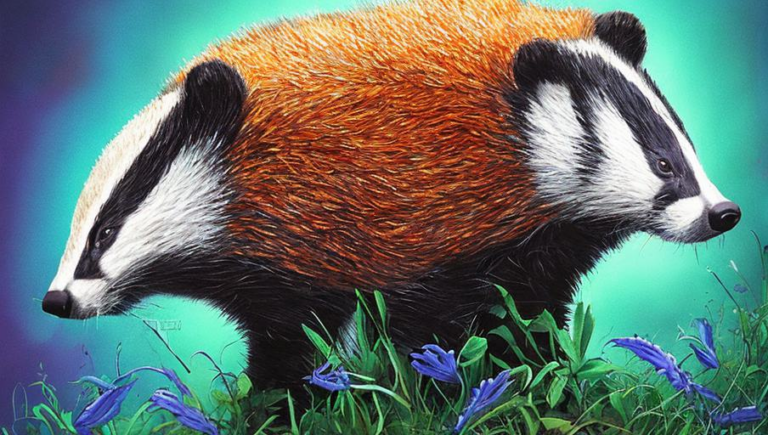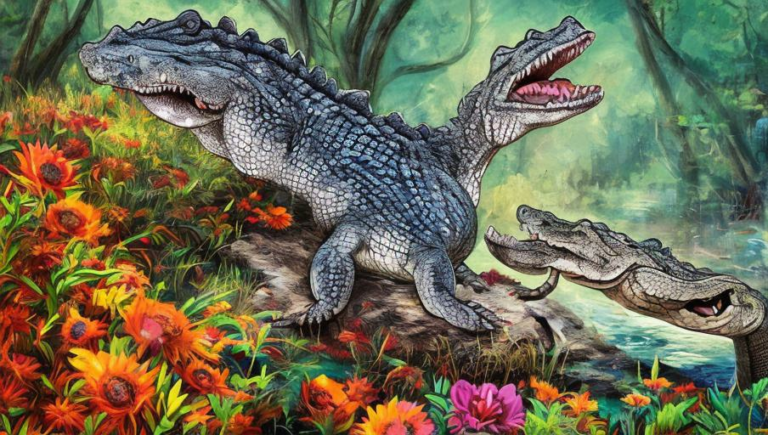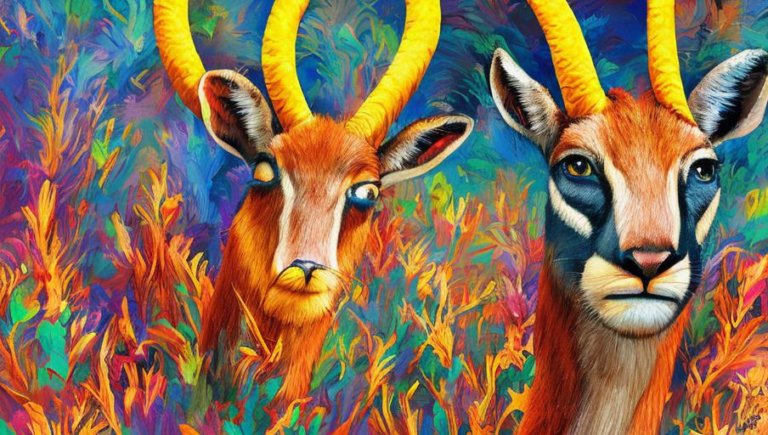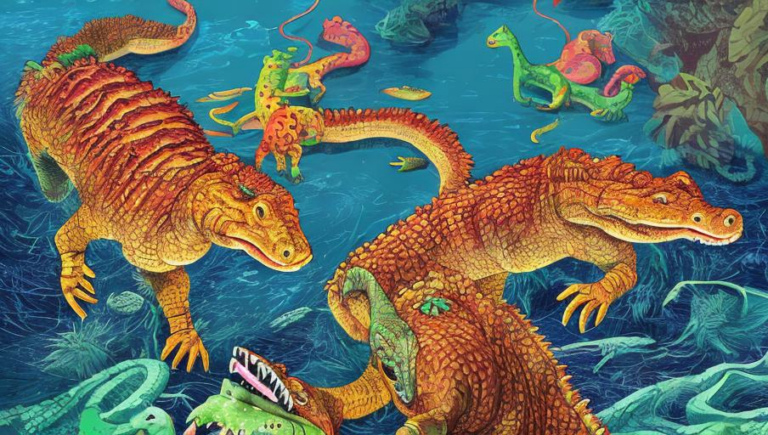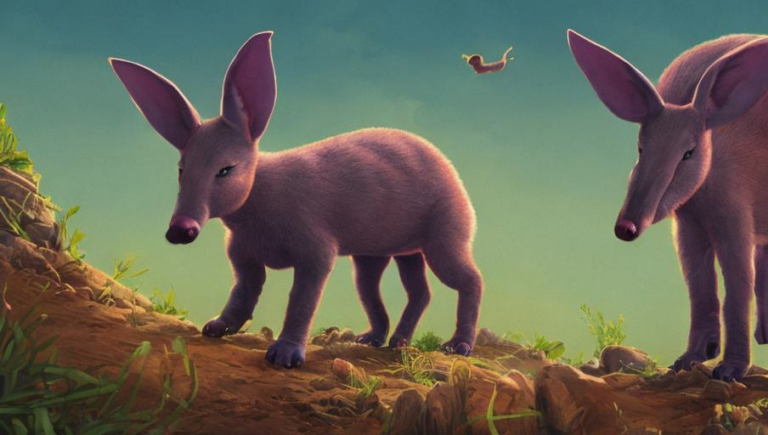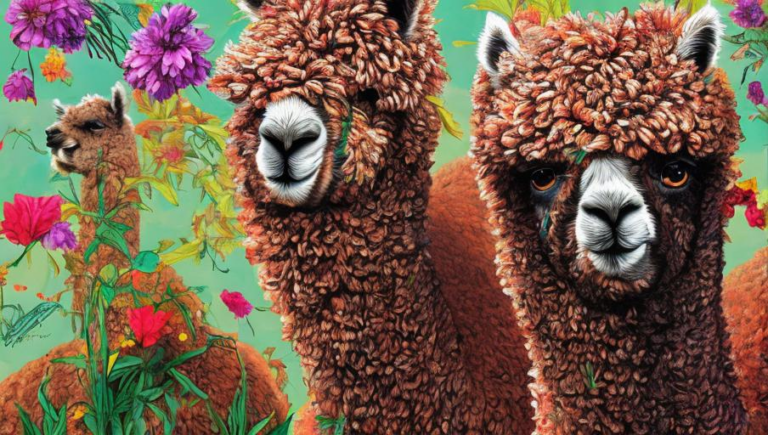Aardvarks: Uncovering the Secrets of this Mysterious Creature
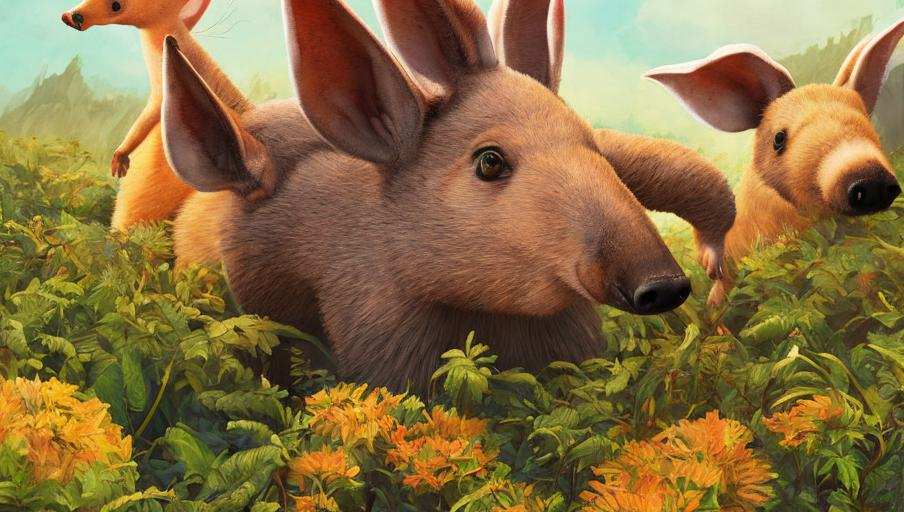
Introduction
The aardvark is a mysterious creature that is often overlooked or forgotten. Native to Africa, it is rarely seen outside its natural habitat, and the little that is known about it often remains shrouded in mystery. Aardvarks are nocturnal animals that feed mostly on ants and termites, although they will also consume other insects, fruits, and roots. They have a unique body structure, with a long snout and powerful claws that help them dig through the soil and locate their prey. Despite their limited range and secretive behavior, aardvarks are fascinating creatures that can teach us a great deal about conservation and the importance of preserving the natural world.
Physical Characteristics
Aardvarks have a unique body shape, with a long snout and a large head that is covered in thick, bristly fur. They have a short, stocky body that is usually yellowish or grayish in color. Their short, powerful legs are equipped with sharp, curved claws that help them dig through the soil and locate their food. Aardvarks also have a long, prehensile tail that helps them balance as they move and dig. They are the only living member of the order Tubulidentata, which is why they are sometimes referred to as “anteaters”.
Diet and Foraging Habits
As mentioned before, aardvarks are nocturnal animals that feed mostly on ants and termites. They have a long, sticky tongue that they use to lick up their prey, and they use their large claws to dig through the soil and locate food. Aardvarks also eat other insects, fruits, and roots, and they have been known to occasionally consume small vertebrates such as lizards and rodents. They typically spend up to four hours a night foraging for food.
Habitat and Distribution
Aardvarks are found throughout much of Sub-Saharan Africa, from the southern tip of the continent to the Sahara Desert. They prefer habitats that are open and grassy, such as savannas and woodlands. They generally avoid dense forests and human settlements, although they can sometimes be found in these areas as well. Aardvarks are solitary animals and generally only come together during mating season.
Conservation Status
The aardvark is classified as “Least Concern” by the IUCN, which means that it is not currently threatened with extinction. However, their populations are decreasing due to habitat destruction and hunting. Aardvarks are also threatened by habitat fragmentation and the increasing encroachment of human settlements. Conservation efforts are needed to protect this unique species and its habitat.
Conclusion
The aardvark is a fascinating creature that is often overlooked or forgotten. Despite their secretive behavior and limited range, these animals can teach us a great deal about conservation and the importance of preserving the natural world. We need to do more to protect this species and its habitat so that future generations can continue to benefit from its fascinating presence.
